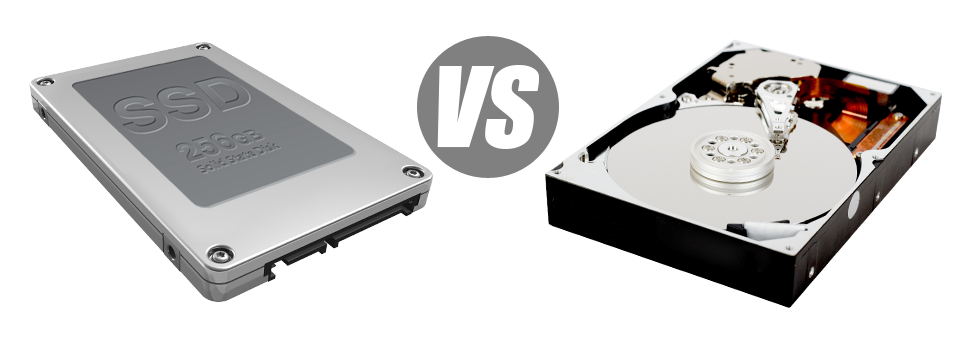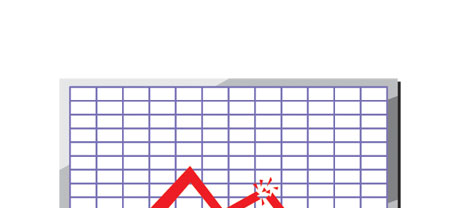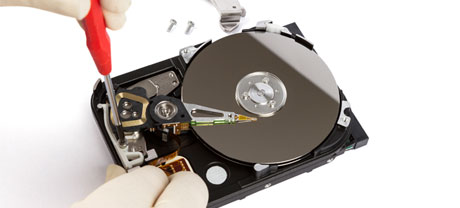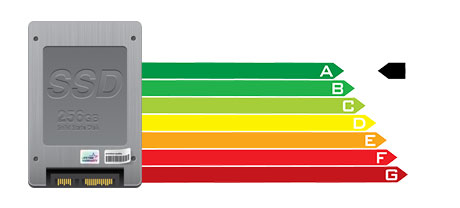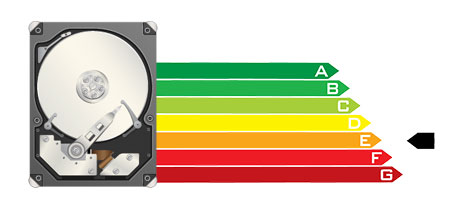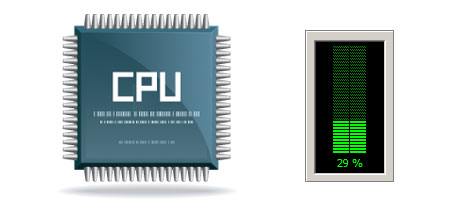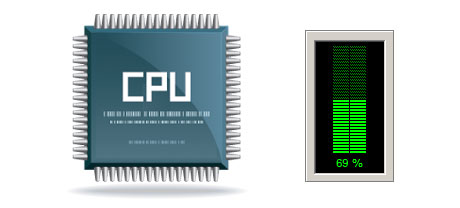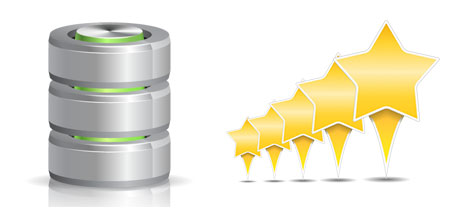For people with a web site or an web application, rate of operation is very important. The faster your site loads and the faster your web apps perform, the better for you. Considering that a site is only a selection of data files that interact with one another, the systems that store and work with these data files play a huge role in site general performance.
Hard disk drives, or HDDs, were, right until the past few years, the most trusted products for keeping data. Nevertheless, recently solid–state drives, or SSDs, are already becoming more popular. Check out our evaluation chart to determine whether HDDs or SSDs are more suitable for you.
1. Access Time
SSD drives present a completely new & progressive method of data safe–keeping using the use of electronic interfaces in place of any sort of moving parts and rotating disks. This brand–new technology is way quicker, allowing for a 0.1 millisecond data file accessibility time.
The technology powering HDD drives goes all the way back to 1954. Even though it’s been significantly processed progressively, it’s nonetheless can’t stand up to the imaginative concept driving SSD drives. With today’s HDD drives, the highest data file access speed you are able to attain can vary between 5 and 8 milliseconds.
2. Random I/O Performance
The random I/O performance is critical for the general performance of any file storage device. We’ve conducted thorough exams and have identified an SSD can deal with a minimum of 6000 IO’s per second.
With a HDD drive, the I/O performance steadily improves the more you employ the disk drive. However, just after it reaches a specific restriction, it can’t get quicker. And due to the now–old technology, that I/O cap is a lot lower than what you can get with an SSD.
HDD can only go so far as 400 IO’s per second.
3. Reliability
SSD drives are lacking just about any moving elements, which means there’s much less machinery in them. And the less actually moving components you will discover, the lower the probability of failure will be.
The standard rate of failure of any SSD drive is 0.5%.
For the HDD drive to function, it needs to spin two metallic hard disks at a minimum of 7200 rpm, holding them magnetically stable in mid–air. They have a substantial amount of moving elements, motors, magnets as well as other devices packed in a tiny place. Consequently it’s obvious why the regular rate of failing of an HDD drive can vary in between 2% and 5%.
4. Energy Conservation
SSD drives are usually small compared to HDD drives and they do not have any moving parts at all. Consequently they don’t generate just as much heat and require much less energy to function and much less power for cooling purposes.
SSDs use up between 2 and 5 watts.
From the second they have been developed, HDDs have invariably been very electricity–hungry systems. When you’ve got a hosting server with a bunch of HDD drives, this can add to the monthly electric bill.
Typically, HDDs use up somewhere between 6 and 15 watts.
5. CPU Power
SSD drives enable better data accessibility rates, which generally, consequently, allow the CPU to finish data file queries considerably quicker and after that to go back to other duties.
The regular I/O hold out for SSD drives is simply 1%.
HDD drives enable reduced accessibility speeds when compared to SSDs do, which will result for the CPU needing to wait around, while scheduling assets for the HDD to locate and give back the inquired data file.
The normal I/O delay for HDD drives is just about 7%.
6.Input/Output Request Times
In the real world, SSDs function as wonderfully as they did throughout iPACKET’s checks. We produced a full platform back–up using one of our production machines. Throughout the backup procedure, the regular service time for any I/O requests was indeed below 20 ms.
All through the identical lab tests sticking with the same hosting server, now equipped out with HDDs, efficiency was significantly slower. All through the hosting server back up procedure, the normal service time for I/O calls ranged somewhere between 400 and 500 ms.
7. Backup Rates
Discussing back–ups and SSDs – we’ve discovered a substantual development in the backup speed since we turned to SSDs. Currently, a typical server backup takes solely 6 hours.
Throughout the years, we have used mainly HDD drives with our machines and we’re well aware of their effectiveness. On a hosting server designed with HDD drives, a full web server backup typically takes around 20 to 24 hours.
Should you wish to at once raise the effectiveness of one’s websites without the need to alter any kind of code, an SSD–equipped website hosting solution is really a excellent choice. Check our cloud web hosting packages and then the VPS servers – our services offer swift SSD drives and are offered at the best prices.
Hepsia
- Live Demo
Service guarantees
- Subscribe today. There aren’t any setup service fees and you’ll have total root and SSH access to the server. 99.9% network availability is warranted.
Compare our prices
- Very easily compare the resources and characteristics supplied by our Virtual Private Servers. Find out which VPS setup will give you exactly what you will need to deal with your multi–media online presence comfortably.
- Compare our hosting plans
Contact Us
- Our representatives are online for you 24x7 to respond to all inquiries in relation to our VPS solutions. 60–min response time frame warranty.
